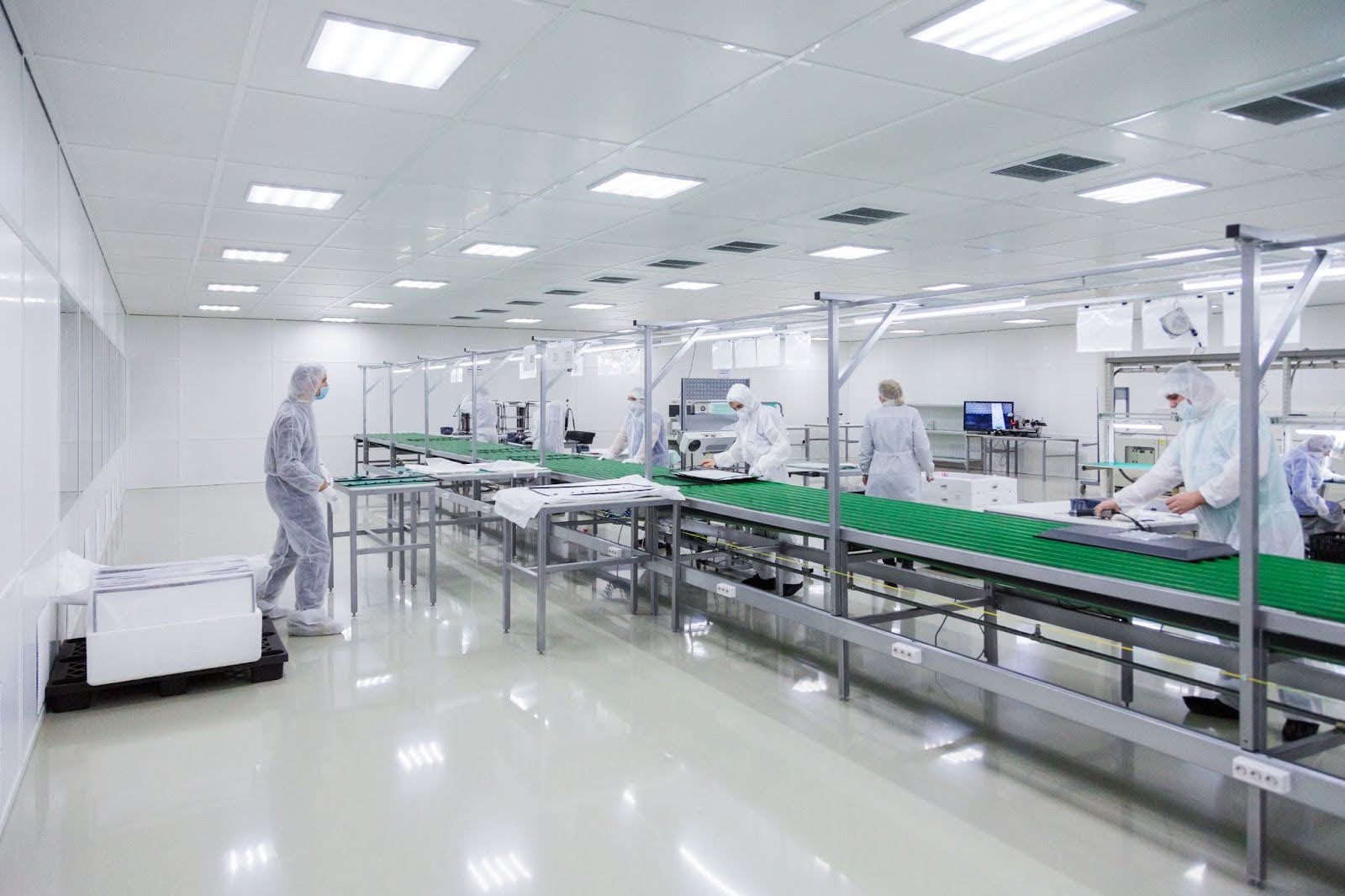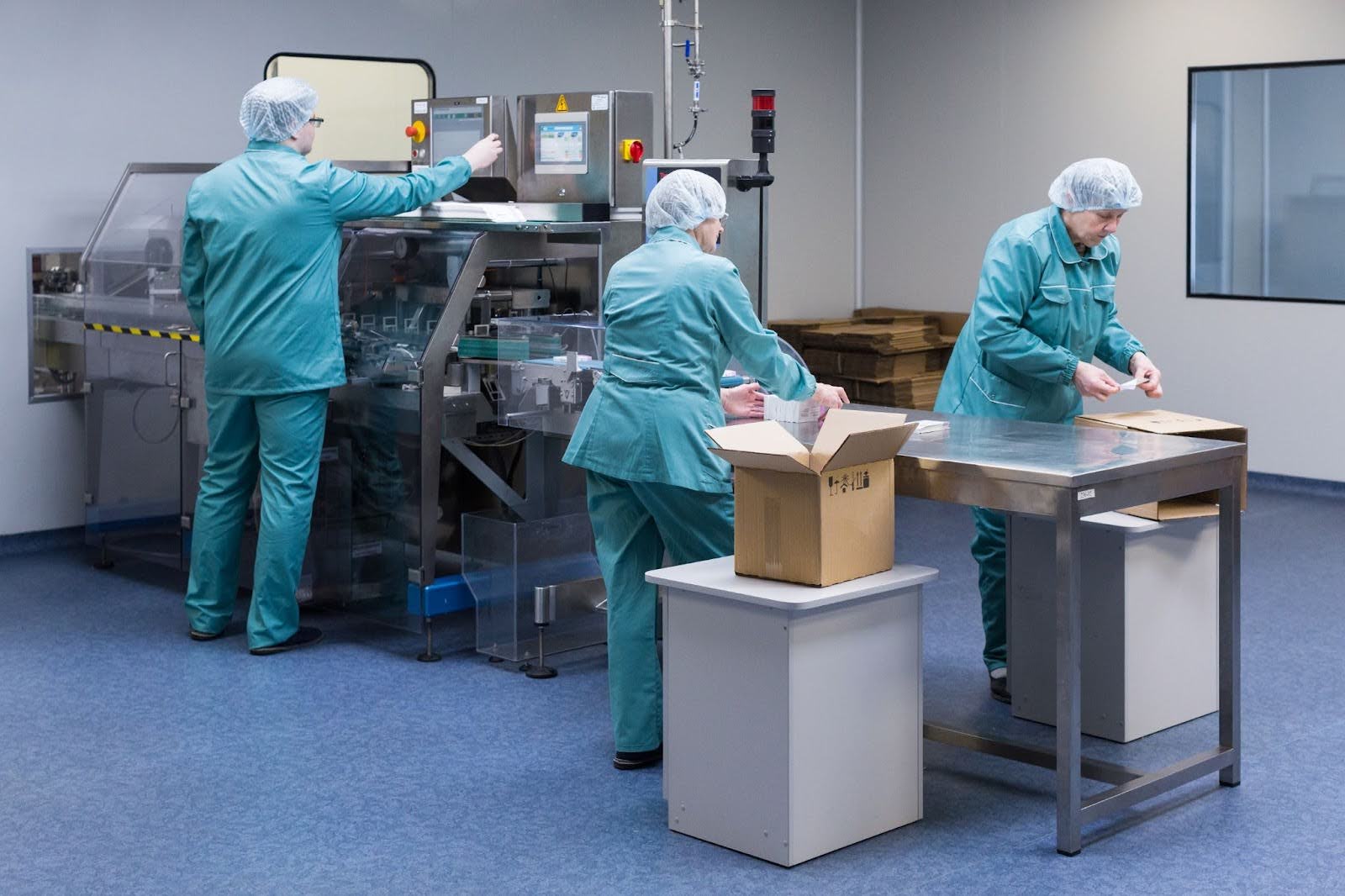by Mrudula Kulkarni
7 minutes
Outsourcing & Tech Transfer within the CCS: Building Resilient Compliance in Pharma
Learn how robust CCS practices preserve sterility assurance through outsourcing, tech transfer, and global manufacturing partnerships.

In sterile manufacturing, contamination control is everything. One microbial deviation, one unnoticed particle, and years of development can collapse into a recall or market withdrawal. Beyond the financial blow, the true cost is the erosion of patient trust—the very foundation of pharma.
This is why the Contamination Control Strategy (CCS) has become pharma’s compliance compass. A holistic EM and CCIT sterility assurance approach ensures that monitoring, testing, and integrity verification work together to maintain sterility across outsourced operations.
Annex 1 of the EU GMP guidelines doesn’t treat CCS as optional—it’s the DNA of sterility assurance. Yet, as companies scale and globalize, many no longer keep everything under one roof.
From biologics and vaccines to cell therapies and ATMPs, outsourcing and tech transfer are now core business models. Aligning media fill and aseptic validation activities between sponsor and contract partners ensures aseptic performance standards are consistently demonstrated.
But here’s the challenge:
How do you preserve CCS integrity when critical processes live outside your walls?
A Real-World Story: The Fragile Nature of Tech Transfer
A biotech company in Europe was preparing to commercialize its first monoclonal antibody. Lacking in-house aseptic filling capacity, it outsourced production to a CMO in Asia. The transfer package included detailed SOPs, cleaning schedules, and equipment specs.
On paper, it was flawless. However, integrating bioburden control and single-use sterility management protocols during tech transfer can prevent microbial risks from becoming compliance failures.
But within six months, regulators flagged airflow visualization gaps and inconsistent gowning practices during inspection. The sponsor had assumed the CMO’s contamination control culture matched its own. It didn’t.
The result? Batch failures, delayed approvals, and remediation costs that wiped out the very savings outsourcing promised. Continuous oversight of clean steam and WFI management in sterile manufacturing is essential for ensuring critical utilities remain contamination-free during outsourced production.
This story illustrates a critical truth: Tech transfer isn’t just about handing over “what to do.” It’s about transferring the mindset of CCS.
Why Outsourcing and Tech Transfer Are Rising
Pharma’s landscape is shifting, driven by:
- Speed-to-market pressure – Getting a product to patients faster often means leveraging a partner with ready capacity.
- Specialized expertise – Complex biologics, viral vectors, and ATMPs require niche facilities and knowledge.
- Global footprint needs – Distributed manufacturing supports worldwide launches while reducing logistics risks.
- Cost efficiency – Outsourcing reduces capital investment in infrastructure.
For many companies, outsourcing is no longer a choice—it’s survival. But the tradeoff is clear: you can outsource the work, but never the accountability.
CCS as the Backbone of Outsourcing Relationships
Annex 1 is unambiguous: the sponsor company remains responsible for contamination control, no matter where the work is done.
This shifts how outsourcing is viewed:
Instead of treating it as a cost-saving exercise, sponsors must view partners as extensions of their CCS.
Key principles include:
- Vendor Qualification Beyond Checklists
It’s not enough to tick compliance boxes. Audits should probe CCS maturity, not just SOP availability. Does the partner live sterility assurance as a culture?
- CCS-Driven Tech Transfer Packages
Tech transfer must go beyond equipment and batch instructions. It should capture contamination risks, airflow studies, cleaning/disinfection cycles, gowning philosophy, and environmental monitoring (EM) strategy.
- Harmonization of Standards
Annex 1 compliance means a CMO in India or Brazil should operate with the same sterility assurance rigor as the sponsor site in the EU or US
Where Outsourcing Fails in CCS
When outsourcing or tech transfer fails, the cracks usually appear in predictable places:
- Incomplete EM alignment – Different microbial limits or sampling frequencies create blind spots.
- Weak data transparency – Sponsors lack real-time oversight of deviations or corrective actions.
- Cultural disconnects – In some facilities, “compliance” is about passing audits, not protecting patients.
- Delayed communication – By the time the sponsor learns of a deviation, it’s too late.
The consequences are steep: 483s, warning letters, delayed approvals, and lost revenue.
Building Strong CCS-Integrated Outsourcing Models
So, how do leading companies get this right?
1. Risk-Based Partner Selection
Instead of choosing partners purely on capacity or cost, leaders evaluate:
- Historical compliance record
- Annex 1 readiness
- CCS maturity indicators
- Audit transparency
2. Joint CCS Workshops
Before production begins, sponsors and partners conduct alignment workshops. These sessions cover gowning, EM, cleaning, and airflow management—bridging potential gaps before they become problems.
3. Digital Oversight & Transparency
Modern outsourcing is powered by:
- Digital twins to simulate processes and airflow before tech transfer.
- Cloud-based EM dashboards for real-time oversight.
- eQMS platforms ensuring deviations are logged, tracked, and closed transparently.
4. Shared Responsibility Frameworks
Clear RACI (Responsible, Accountable, Consulted, Informed) charts define who owns:
- Environmental monitoring
- Deviation handling
- Corrective/preventive actions
- Batch disposition decisions
5. Continuous Feedback Loops
Monthly dashboards, joint deviation reviews, and shared CAPA ownership keep alignment alive long after transfer.
Tech Transfer Through the CCS Lens
Traditionally, tech transfer focused on process reproducibility. Today, under Annex 1, sterility assurance must be embedded into every handoff.
That means:
- Documenting airflow visualization (smoke studies) in the transfer package.
- Sharing gowning qualification data.
- Aligning microbial recovery limits across both sites.
- Ensuring disinfectants, sporicidal agents, and rotation cycles are harmonized.
In other words, CCS must travel with the process. Implementing single-use systems in aseptic manufacturing minimizes manual handling and cross-contamination risks during global tech transfers.
The Future of CCS in Outsourcing & Tech Transfer
We’re entering a phase where CCS is evolving into a global quality language.
- AI-driven EM will spot trends before humans can.
- IoT sensors will provide continuous data streams across partner sites.
- Blockchain in batch records will offer unalterable transparency for regulators.
- Virtual audits will become routine, with regulators demanding real-time CCS evidence across geographies.
The companies that treat CCS as a collaboration tool rather than a regulatory burden will build stronger outsourcing relationships, win regulatory trust, and accelerate global product launches. Addressing hidden microbial risks in pharma utilities ensures the integrity of clean utilities across multiple production facilities and partners.
FAQs
Q1. Who is ultimately responsible for contamination control when outsourcing?
The sponsor company. Even if a CMO runs operations, regulators hold the sponsor accountable for sterility assurance.
Q2. How does Annex 1 affect outsourcing partnerships?
Annex 1 makes it clear that CCS must be integrated across all facilities, meaning sponsor and CMO practices must align seamlessly.
Q3. What’s the most overlooked element in tech transfer under CCS?
Environmental monitoring and gowning protocols—often assumed to be “standard,” but in reality, highly variable.
Q4. Can digital technologies make outsourcing safer?
Absolutely. Digital twins, IoT-based cleanroom monitoring, and AI-driven EM analysis bring transparency and predictive control.
Q5. How can sponsors ensure cultural alignment with CMOs?
Through joint CCS workshops, regular audits, and embedding “patient safety first” into shared KPIs.





